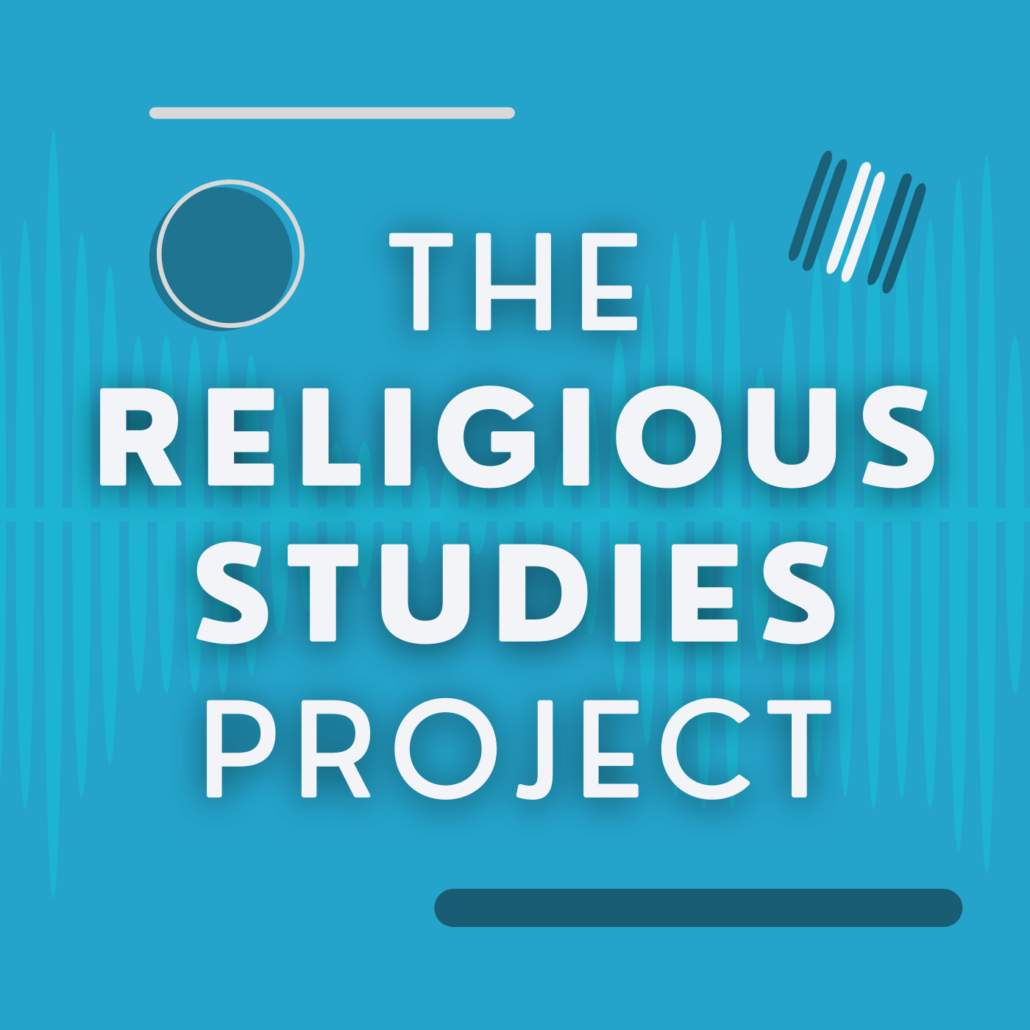A Response to David G. Robertson’s Interview of Bjørn Ola Tafjord and Arkotong Longkumer
Claire S. Scheid
One of the most challenging and enlightening aspects of my fieldwork among the Adi of Arunachal Pradesh, India, in the far eastern Himalayan foothills, has been considering the concept of ‘indigenous religions’: as a phrase, as a classification, as a rallying point for activism. My research focuses in part on the manner in which Adi community leaders have restructured their ‘traditional’ faith of Donyipolo (‘Sun-moon’) to fit the model of dominant worship systems. This has constantly required me to evaluate my word choices in context and to examine the implications of the way that I present my work. For this reason, I am very glad to respond to David G. Robertson’s interview of Bjørn Ola Tafjord and Arkotong Longkumer exploring the academic categories and terminological usages of ‘indigenous religions’.
It seems to be agreed in this discussion that the use of ‘indigenous religions’ is multifaceted – and its meaning equivocal. Tafjord brings attention to the broad usage of ‘indigenous religions’, establishing that the term first represents a ‘class’ of religions. But this, too, is problematized: as Longkumer emphasizes, the search for one paradigm that includes all manifestations of ‘indigenous religions’ across cultures will prove futile. I agree; the phrase, in my opinion, draws false parallels that obscure the complicated site-specific religious articulations across the globe that may share very little outside of the classification itself.
As Tafjord points out, an uncritical equation between ‘indigenous peoples’ and ‘indigenous religions’ only adds to the problem that the definition of ‘indigenous’ – and the problem of who can claim ‘indigeneity’ – is itself unclear. I find Tafjord’s concern about conflating ‘indigenous peoples’ and ‘indigenous religions’ without explaining context valid; for me, it reinforces that various religions can be practiced within a given indigenous group – not an uncommon occurrence in Northeast India – and further highlights that any specific ‘indigenous religion’ is not hegemonic but rather may vary significantly even between households. However, I would also note that some Adi, for instance, have mobilized to protect their identity through stressing that they, as an ‘indigenous people’, follow an ‘indigenous religion’, relying on popular slogans such as ‘loss of religion is loss of culture’ and ‘loss of culture is loss of identity’.
Longkumer brings up the relevant example of how Hindu nationalist groups ‘co-opt’ local concepts of ‘indigenous religions’ in Northeast India in order to claim that Hinduism, itself, is an ‘indigenous religion’. I would stress that such categorizations are especially relevant to think about in the context of India, where temporality impacts which groups are considered ‘indigenous’: regarding modern-day Arunachal Pradesh, one Baptist leader claims that Christianity should be thought of as equally as ‘indigenous’ as Buddhism and Vaishnavism in the state, maintaining that Christians simply arrived later. We see a similar situation in Sikkim, another Northeast Indian state, in which both the Lepcha and the Lhopo (Bhutia) are ‘Scheduled Tribes’ and generally considered ‘indigenous’ to Sikkim – even though the historical Lhopo migration from Tibet is well-known. Claims of ‘indigeneity’ based on the time that the group arrived – and scholarly acceptance of the ‘indigenous’ status of such migratory groups – make identifying even the most basic qualifications for ‘indigeneity’ difficult.
Robertson wonders whether we, as researchers, inherently over-interpret ‘religion’ in ‘indigenous’ cultures because we somehow view them as ‘primitive’. Longkumer responds that many Westerners believe ‘indigenous peoples’ to be close to ‘nature’ and ‘spirits’, while this is not necessarily the case. He describes their surprise that some Nagas wear Western clothes during Nagaland’s famous Hornbill Festival, upending a preconceived notion of ‘indigeneity’. It is necessary to address such stereotypes: as Longkumer says, they are a remnant of colonial times. (And, to that end, the problematic academic construction of ‘indigenous identity’ threatens to mirror Orientalism’s false ideation of the East – a point also brought up by Robertson in a previous podcast interview with Tafjord).
However, from my own research among the Adi, I do have the impression that the ‘spirit world’, in many Adi villages, remains significantly influential, relevant, and omnipresent; the introduction of Western culture does not undermine the prevalence of religion – or the deep ties to nature – within some Adi communities. In our desire to break down the misleading image of nature-centric, deeply religious ‘indigenous peoples’, we must be cautious not to go too far in the other direction. Encroaching modernity and pervasive belief can exist side-by-side. A man living in Pasighat, the largest Adi town, once described to me that the Adi of the modern day could best be summed up as a teenager, holding a mobile in one hand, a jungle dao (knife) in the other, walking shirtless towards the jungle in designer jeans.
Another topic addressed in the podcast is the idea of ‘indigenous religions’ as powerful tools to be used by ‘indigenous peoples’ – for example, as part of ‘identity politics’ (Robertson); for the purposes of land and water preservation (Longkumer); as a ‘foreign relations tool’ (Tafjord). International networks of ‘indigenous religions’ are strengthened by institutions such as the UN, which, in turn, inspire the local movements that promote ‘indigeneity’ as a method of preservation. Tafjord holds that the emergence of these international indigenous peoples’ movements has contributed to the use of the term ‘indigenous’ as a relational category. I have witnessed the self-aware usage of ‘indigenous’ as a tool to protect heritage in my work among the Adi: through participating in global conferences of the International Association for Religious Freedom in the 1980s, Adi community leaders concluded that through identifying, structuring, and promoting their ‘indigeneity’ – particularly their ‘indigenous religion’ – they would be better equipped to sustain their traditions when faced with the arrival of missionaries and the rapid globalization of Arunachal Pradesh.
According to Tafjord, to be acknowledged as an ‘indigenous people’ or an ‘indigenous religion’, one has to ‘translate … your traditions, your practices, your narratives into recognizable units’. I have seen this in action among the Adi for years, and I have often referred to the restructurings in the Donyipolo religion as ‘translations’: the Adi are an example of a community that has self-consciously taken up the mantle of ‘indigenous’ and deliberately ‘translated’ their culture, heritage, and faith into a structure recognized as ‘religious’ by outsiders, thus preserving Donyipolo in an innovative, comprehensible form. Yet in attempting to represent this ‘translation’, I have often struggled while trying to determine the appropriate words to describe the process. The issue that has become clear to me – and one that is explored in this podcast – is that the phrase ‘indigenous religions’ is important, yet ambiguous and debatable. It can be employed to clarify and strengthen discussion in the academic environment and serves various roles within different ‘indigenous’ communities, locally and globally. I agree with Longkumer that these classifications must be ‘destabilized’; we must be ‘wary of the limitations of these categories’. In my opinion, one way to move forward with this in mind is to actively challenge the meanings, boundaries, and implications of ‘indigenous religions’ within the communities with whom we work, starting this complicated investigation at a site-specific level.
While a standardized category and definition of the phrase do not appear to be immediately forthcoming, continued examination of these issues during fieldwork communications, across international networks, and within academic discourses will contribute to the nuanced and necessary evaluation of ‘indigenous religions’ – with its myriad of uses and significant implications for our comprehension of both ‘indigeneity’ and ‘religion’ in the modern day.



